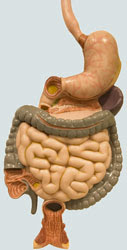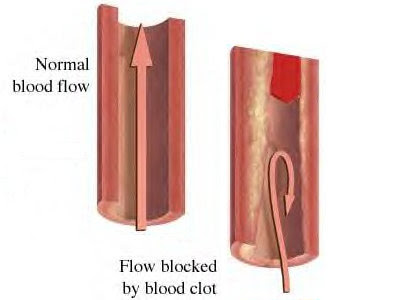Wouldn't it be nice if we could identify a single cause and treatment for the prevalent condition of obesity? Unfortunately, obesity is a complex, multi-factorial disease that has a variety of causes, making it difficult to find a single solution to this common problem. Basically, the causes of obesity can be divided into several different groups:
1) Genetic Causes of Obesity
While this doesn't account for the majority of cases of obesity, genetic factors probably play a role in the development of this condition. Obesity tends to be more prevalent in certain families, although even a genetic predisposition can be overcome to some extent by healthy eating habits and a consistent exercise plan. Studies have shown that children who are adopted tend to develop weight problems similar to their biological parents, suggesting genetics does play some role in the cause of obesity.
2) Lifestyle Factors as Causes of Obesity
This is by far the most common cause of obesity. It's been shown that persons suffering from obesity eat a diet higher in fat and calories, as well as rich in refined sugars and simple carbohydrates. When an unhealthy diet is combined with minimal exercise, the result is weight gain with a higher risk of developing obesity. Disturbingly enough, less than 25% of the American population currently exercises on a regular basis and the number of people who actively exercises continues to decline. Thus, the number of obesity sufferers continues to increase at a significant rate.
3) Psychological Causes of Obesity
As the number of persons suffering from eating disorders continues to increase in this country, we can see the role that psychological factors play in the development of obesity. There's no doubt that certain people tend to overeat when faced with stressful life circumstances in an effort to escape from their pain. People also overeat in response to boredom, depression, and anxiety. The resulting weight gain and obesity resulting from emotional overeating can further exacerbate depression and anxiety, contributing to a vicious cycle of psychological turmoil and obesity.
4) Medical Causes of Obesity
In some cases, underlying medical conditions can contribute to the development of obesity. These include diseases that affect certain glands such as hypothyroidism Cushing's disease, and diabetes. In addition, the use of certain medications such as steroids, anti-psychotics, antidepressants, seizure medications, and particular diabetes medications can promote weight gain.
5) Environmental Causes of Obesity
Sometimes the environment a person grows up in can play a strong role in the development of obesity. When a person grows up in a household that emphasizes the intake of unhealthy, fatty foods and deemphasizes the practice of exercise, his or her risk of obesity may remain elevated into adulthood due to this learned obesity promoting behaviors. Sometimes reeducation and a structured program to change ingrained bad habits can have a positive effect in these cases.
Which of these causes of obesity is most important? Although it might be easy to try to blame obesity on other factors, the most common cause is likely lifestyle. The development of a healthy lifestyle along with good eating habits can do much to overcome a tendency towards obesity.


















